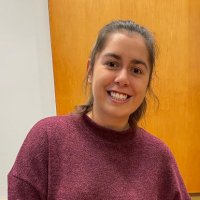
Rachel Torrez
@torrez_rach
Postdoctoral Fellow in Dr. Janet Iwasa's Lab at the University of Utah.
ID: 951821973683916801
https://www.linkedin.com/in/rachel-torrez-ph-d-1692831b5/ 12-01-2018 14:23:37
139 Tweet
137 Followers
225 Following


Want to try #cryoDRGN, but unsure how to get started? Laurel Kinman, Barrett Powell, Ellen Zhong, and Bonnie Berger Lab provide step-by-step guidance (and new features) in a new protocol pre-print biorxiv.org/content/10.110…


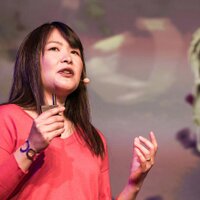
For #SeeingDiversity, we’re featuring Dr. Jay Brito Querido Jay Brito Querido! Jay’s lab focuses on studying mechanisms that regulate mRNA translation. This illustration by Rachel Torrez shows Jay’s recent studies of a second eIF4A helicase at the mRNA entry site of the 48S Complex.
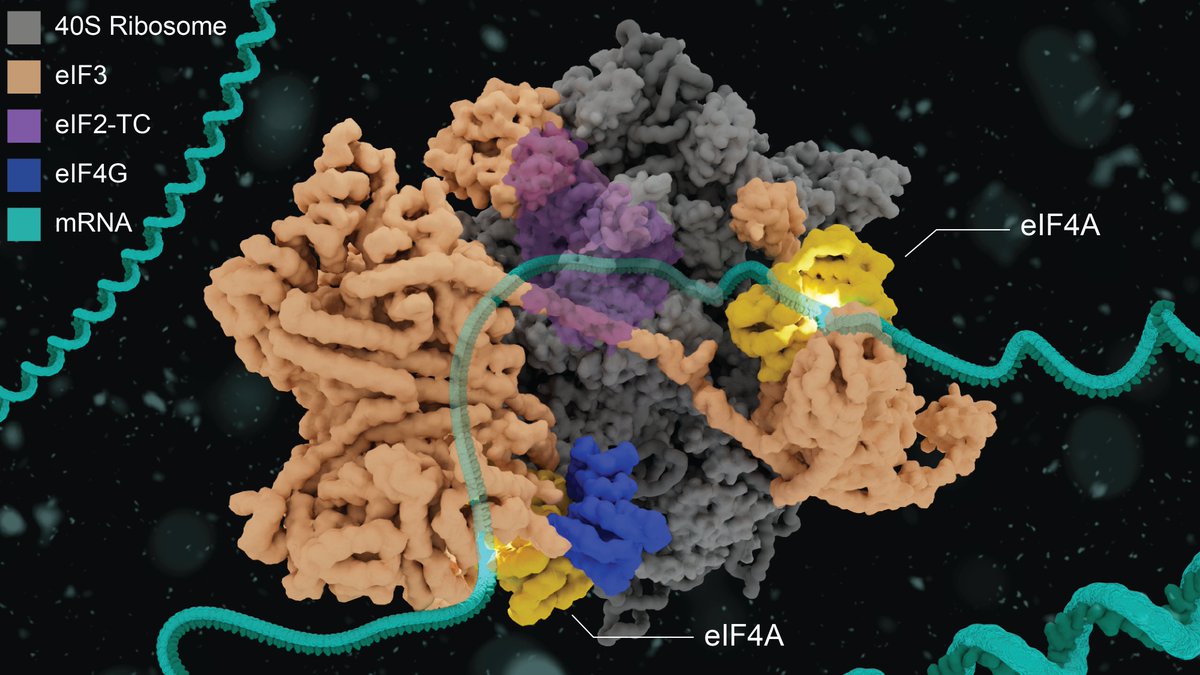

Dicer plays a role in RNA maturation, and dysregulation can lead to disease. Ohi, Garner and colleagues explore the role of residues distal to the active site, finding disease-related mutations with unique impacts. U-M College of Pharmacy UMLifeSciences pubs.acs.org/doi/10.1021/ac… #RNA
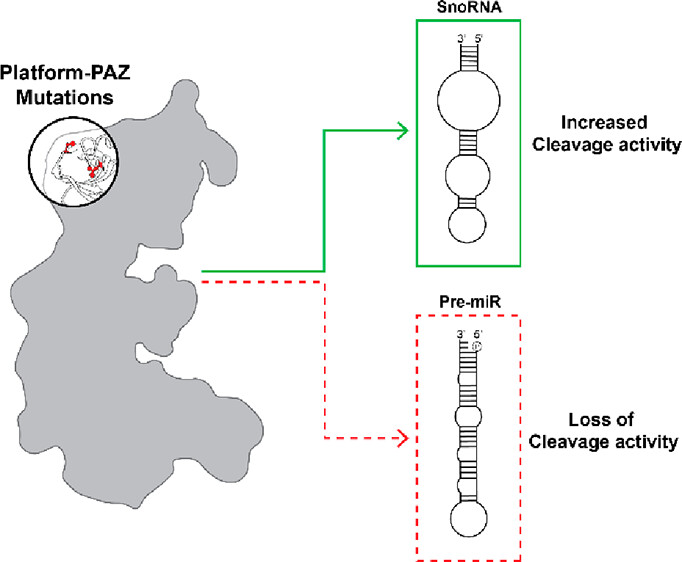


1/ Our newest work on Lis1 with the Andres Leschziner lab and co-first authors Eva Karasmanis, @janicereimer3, and @aga_kendrick suggests a mechanism for Lis1’s relief of dynein autoinhibition: nature.com/articles/s4159…. Janet Iwasa’s animation of our model:

For #SeeingDiversity, meet Dr. Jerelle Joseph Jerelle A Joseph, an Assistant Professor Princeton Engineering! This illustration by Margot Riggi highlights how Jerelle’s lab uses physics-based simulations as a “computational microscope” to study membraneless biomolecular condensates.
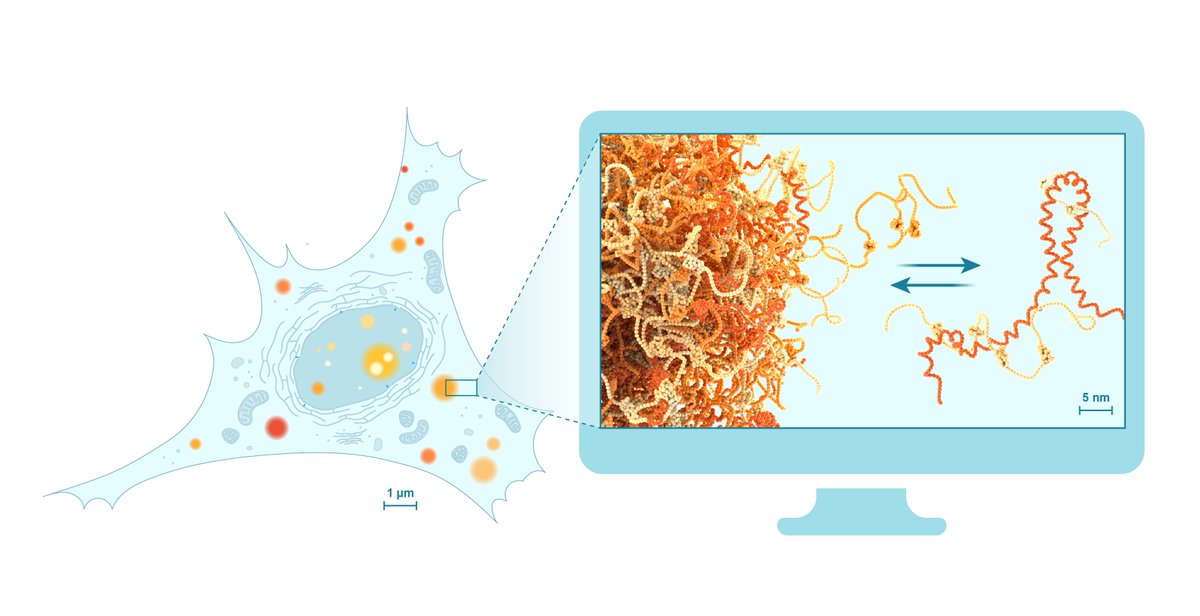

Do you want to learn more about critical parameters to optimize your cryo-ET data collection? Janet Iwasa Peter Shen and I released Chapter 4! cryoem101.org/chapter-4-et/ Featuring lamella and montage tomography details thanks to Elizabeth Wright, JYangE, Bryan Sibert!#CryoET

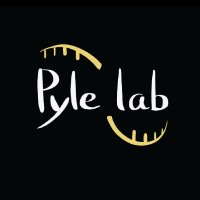

For #SeeingDiversity, meet Dr. Chelsey Spriggs Chelsey Spriggs, Ph.D.. Chelsey is an Assistant Professor UMCDB and her lab (The Spriggs Lab) studies how viruses with DNA genomes reach the nucleus to cause infection (illustration by Rachel Torrez).
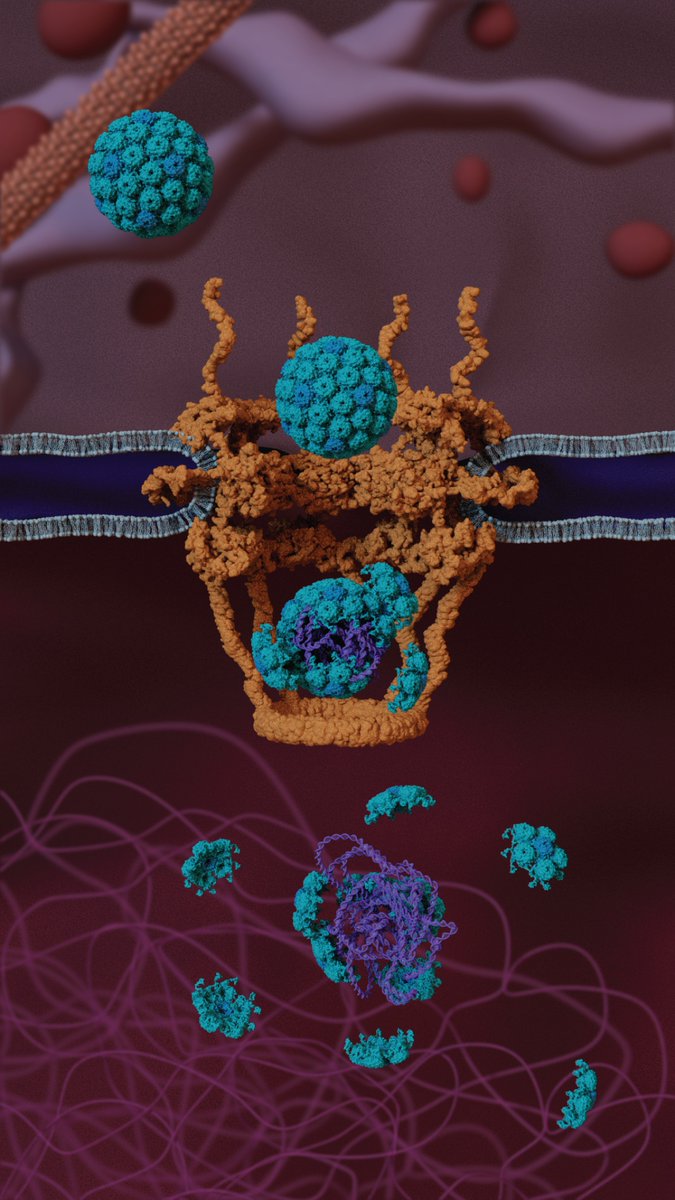

Check out the Animation Lab's latest paper by Margot Riggi and Rachel Torrez that describes how animation tools can be used to model dynamic molecular mechanisms! authors.elsevier.com/a/1iNW63SNvc6o…
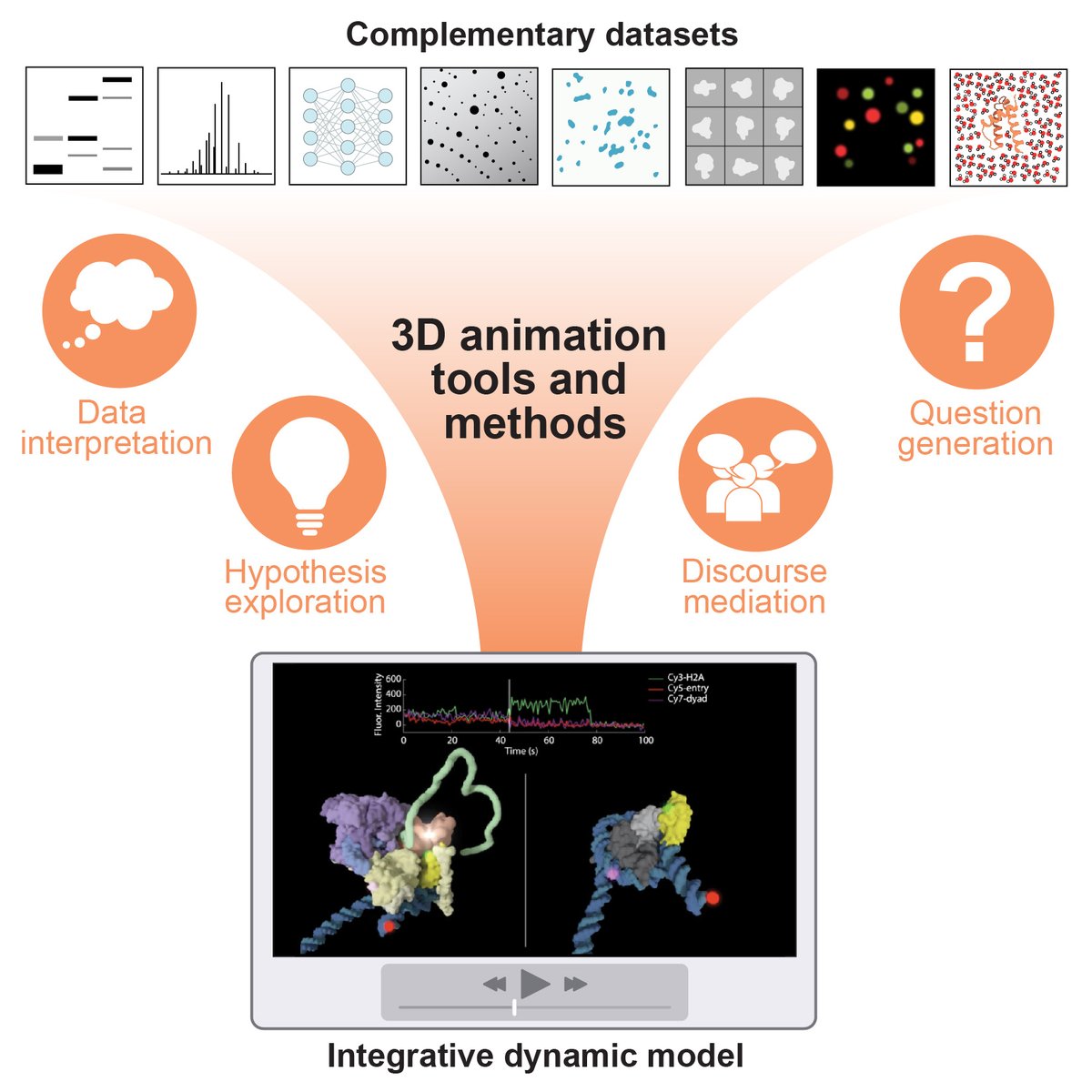

By coupling the power of single particle #cryoEM and #cryoET, LSI researchers have revealed a model for how H. pylori’s pore-forming toxin VacA reconfigures to interact with cell membranes, an essential step for its contribution to gastric disease. Journal of Molecular Biology
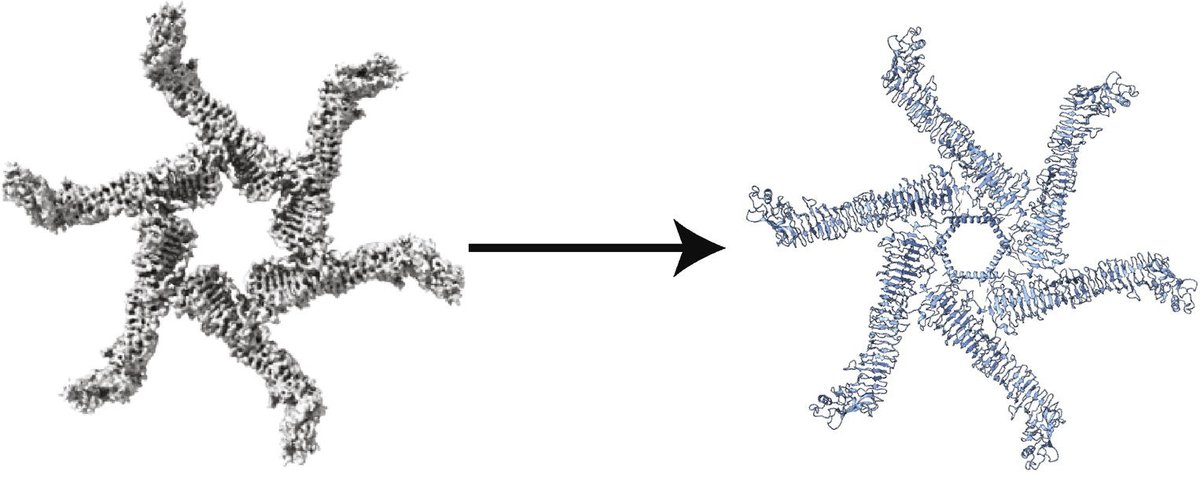

Representing U of Utah Dept of Biochemistry at the NHMU Women in Nature + Science event with Rachel Torrez and Ho Yan Yeung. Come learn about molecular animations, cone snails and diets! 🐚🐠🧬🎬 🍝🥦
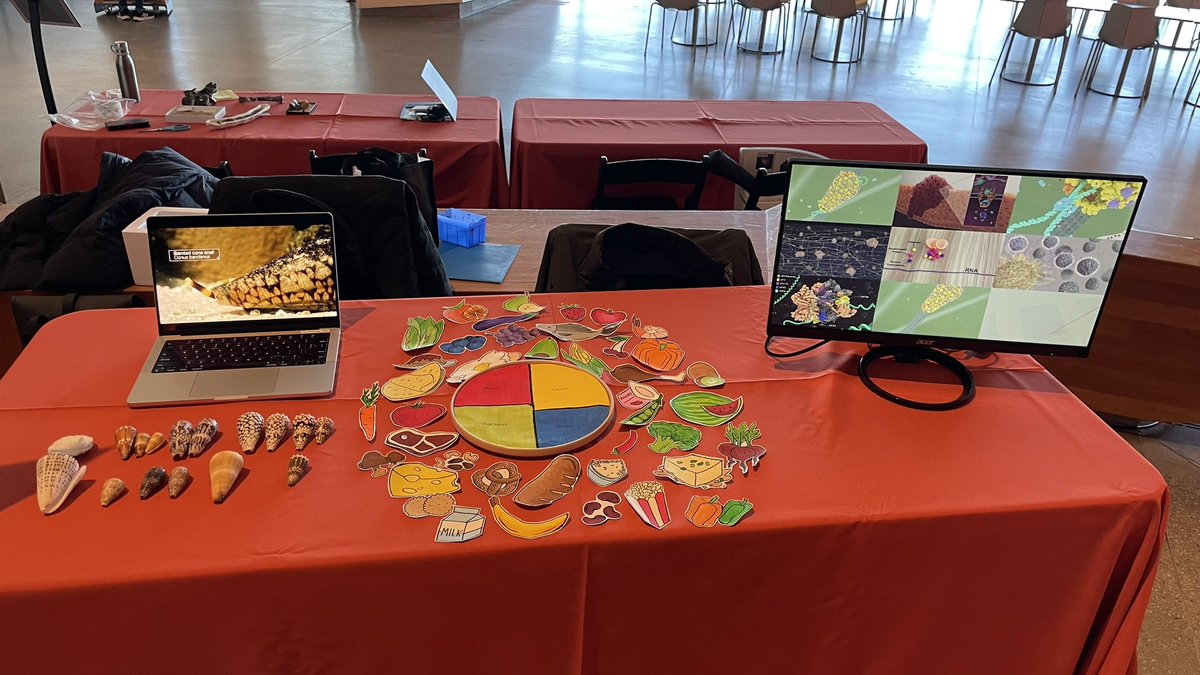
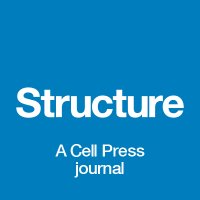
Check out the new Perspective from Margot Riggi, Rachel Torrez & Janet Iwasa “3D animation as a tool for integrative modeling of dynamic molecular mechanisms” Janet Iwasa Margot Riggi Rachel Torrez cell.com/structure/full…
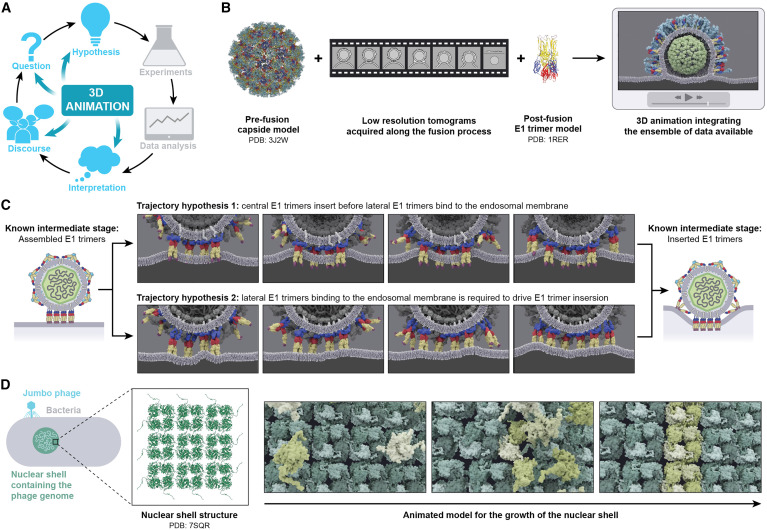

For #SeeingDiversity, we’re featuring Dr. Sonya Neal Sonya Neal! Sonya’s lab explores the role of the rhomboid superfamily in vast membrane-related processes and how their dysregulation leads to disease. This illustration by Rachel Torrez shows the multiscale means her lab uses.
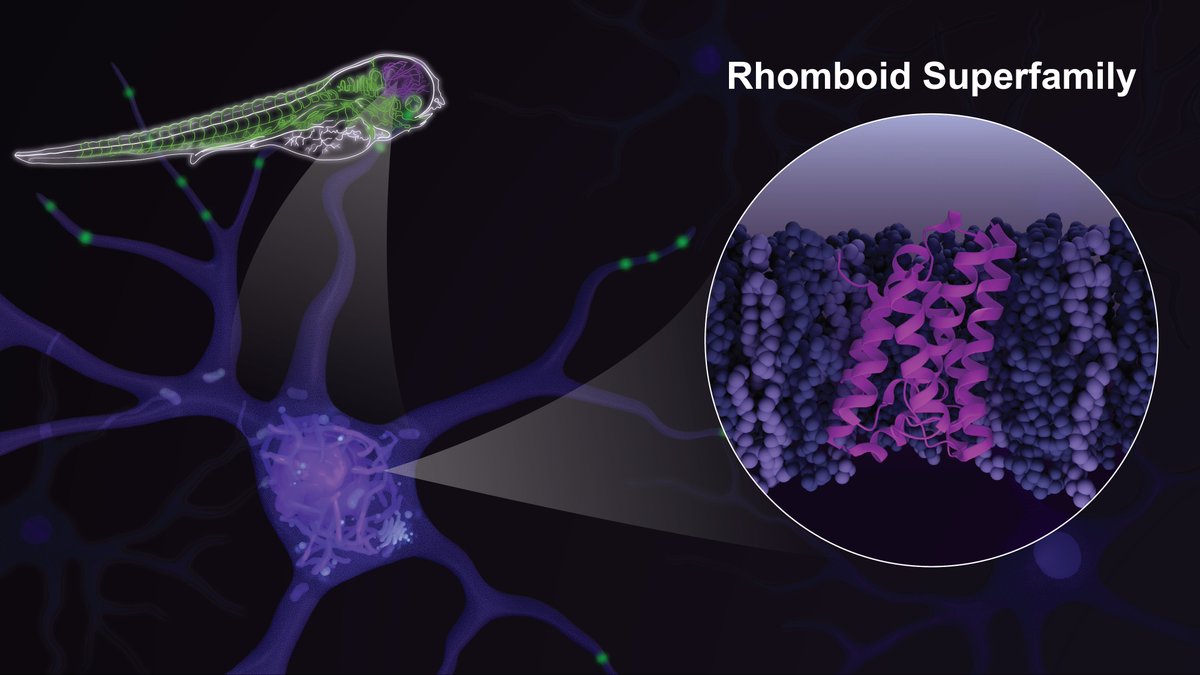


Founded in 2018, the Animation Lab (Janet Iwasa) may be the only institution of its kind. Here, a squad of dedicated postdoctoral scholars may spend months translating the smallest molecular phenomena into a visible, comprehensible spectacle. cen.acs.org/biological-che… #scicomm

For #SeeingDiversity, meet Onyeka Obidi Onyeka Obidi, a graduate student in the Brasch Lab Julia Brasch U of Utah Dept of Biochemistry University of Utah ! This illustration by Rachel Torrez showcases the protein interactions and organization within the synaptic cleft studied by the Brasch lab.
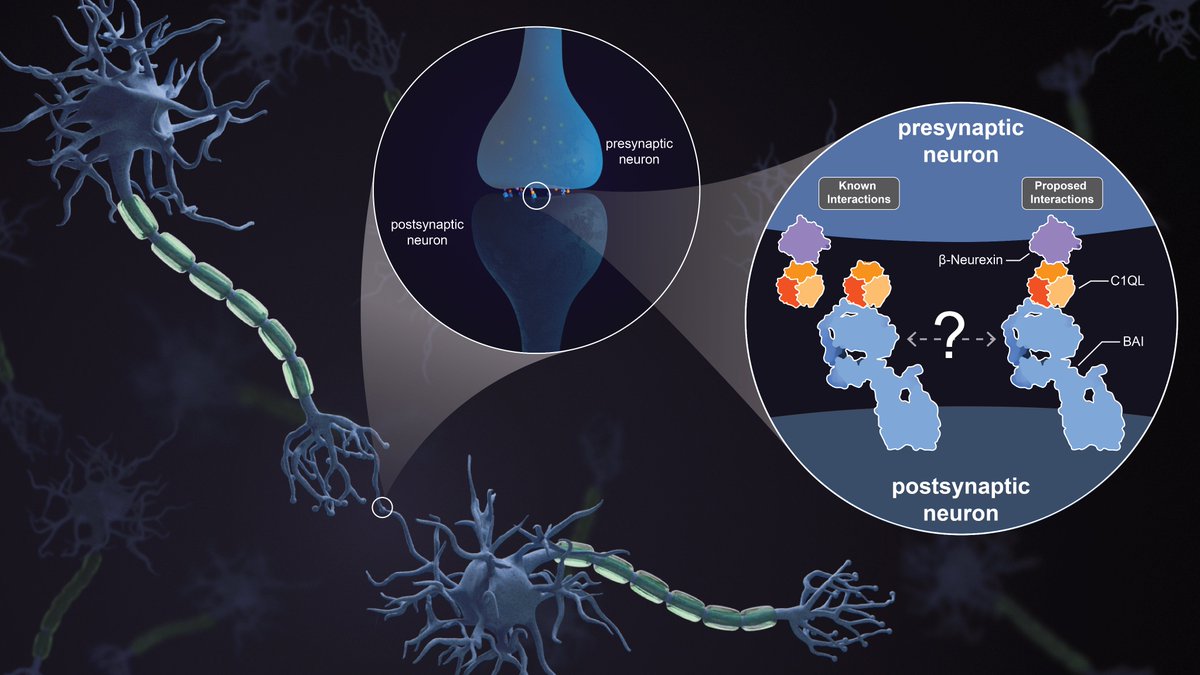

Meet Dr. Laura Dassama, an Assistant Professor at Stanford University. This illustration by Rachel Torrez showcases how the Dassama Group uses tools of chemistry and physics to provide molecular insights into complex biological processes.
